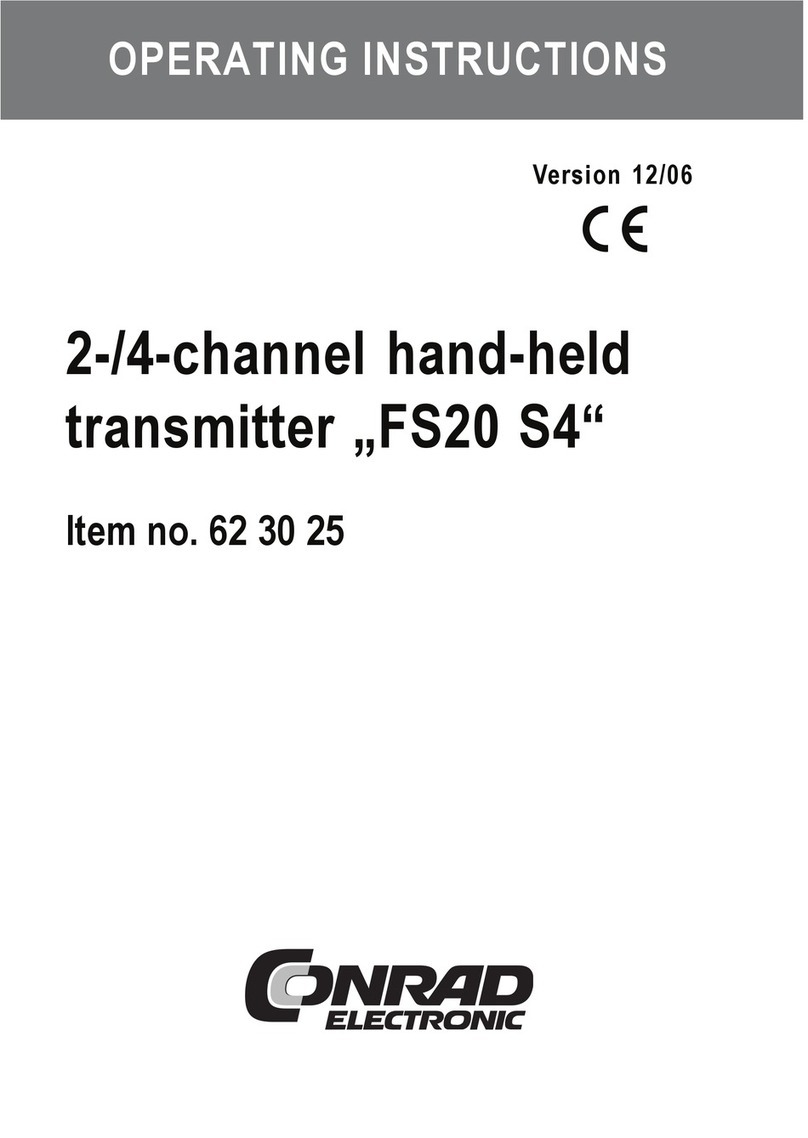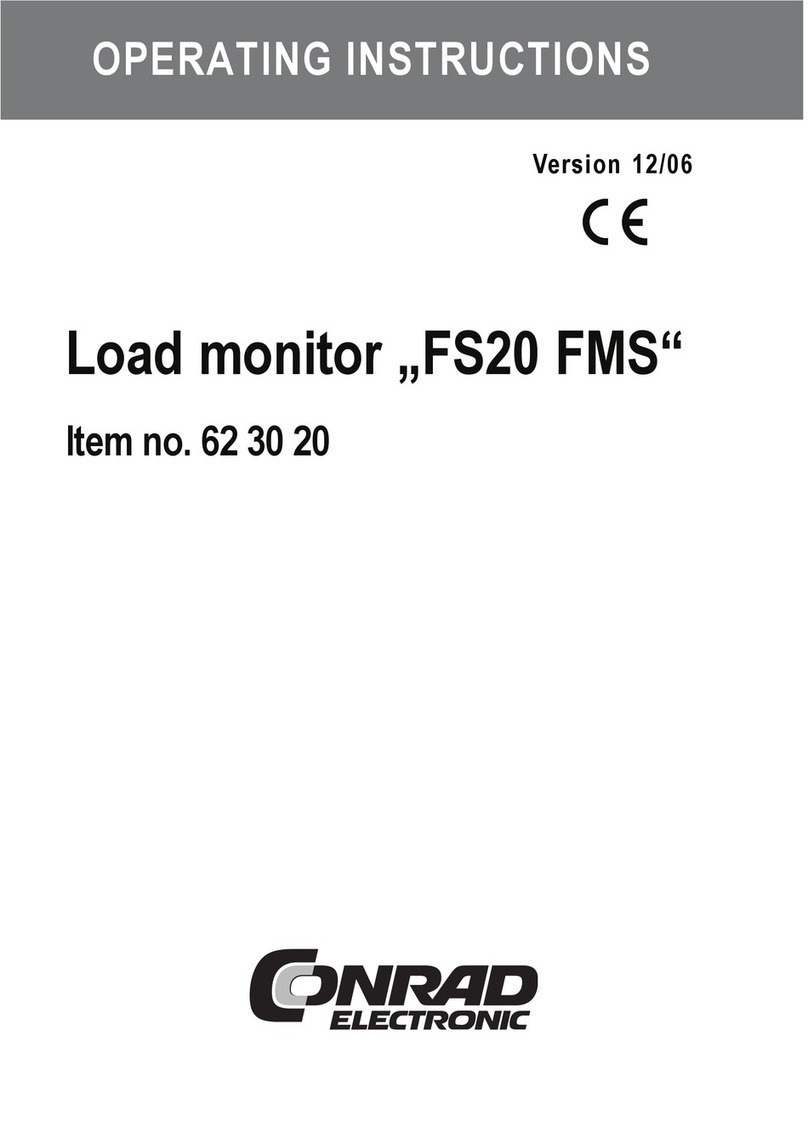3
Table of contents
Page
1. Prescribed use ............................................................................................................... 4
2. Scope of delivery ........................................................................................................... 4
3. Technical specifications and features .......................................................................... 4
4. Explanation of icons ...................................................................................................... 5
5. Safety instructions ......................................................................................................... 5
6. Notes on batteries/rechargeable batteries ................................................................... 6
7. Inserting/replacing batteries .......................................................................................... 7
8. Control panel ................................................................................................................. 8
9. Installation ...................................................................................................................... 9
a) Adhesive mounting ................................................................................................. 9
b) Screw fixing ............................................................................................................. 9
10. Operation ..................................................................................................................... 11
a) Basic functions ...................................................................................................... 11
b) Using several transmitters ................................................................................... 11
c) Timer functions ..................................................................................................... 12
d) Double number of channels ................................................................................. 12
Switching between a single and double number of channels ............................ 12
Operation for a double number of channels........................................................ 13
Programming the timer for a double number of channels .................................. 13
11. FS20 address system basics ...................................................................................... 14
12. Integrating the ‘FS20S4A-2’ wall-mounted transmitter into the address system ..... 16
a) Setting the house code ........................................................................................ 16
b) Setting the addresses ........................................................................................... 16
1. Setting a single address (address group/subaddress) ................................ 17
2. Assigning function groups and master addresses ....................................... 17
3. Addressing for a double number of channels .............................................. 18
c) Resetting to the delivery state ............................................................................. 18
d) Example of an address assignment .................................................................... 19
13. Handling ....................................................................................................................... 21
14. Maintenance and cleaning .......................................................................................... 21
15. Disposal ....................................................................................................................... 22
a) General information .............................................................................................. 22
b) Batteries and rechargeable batteries .................................................................. 22
16. Tips and notes ............................................................................................................. 23
17. Declaration of conformity (DOC) ................................................................................. 23





























